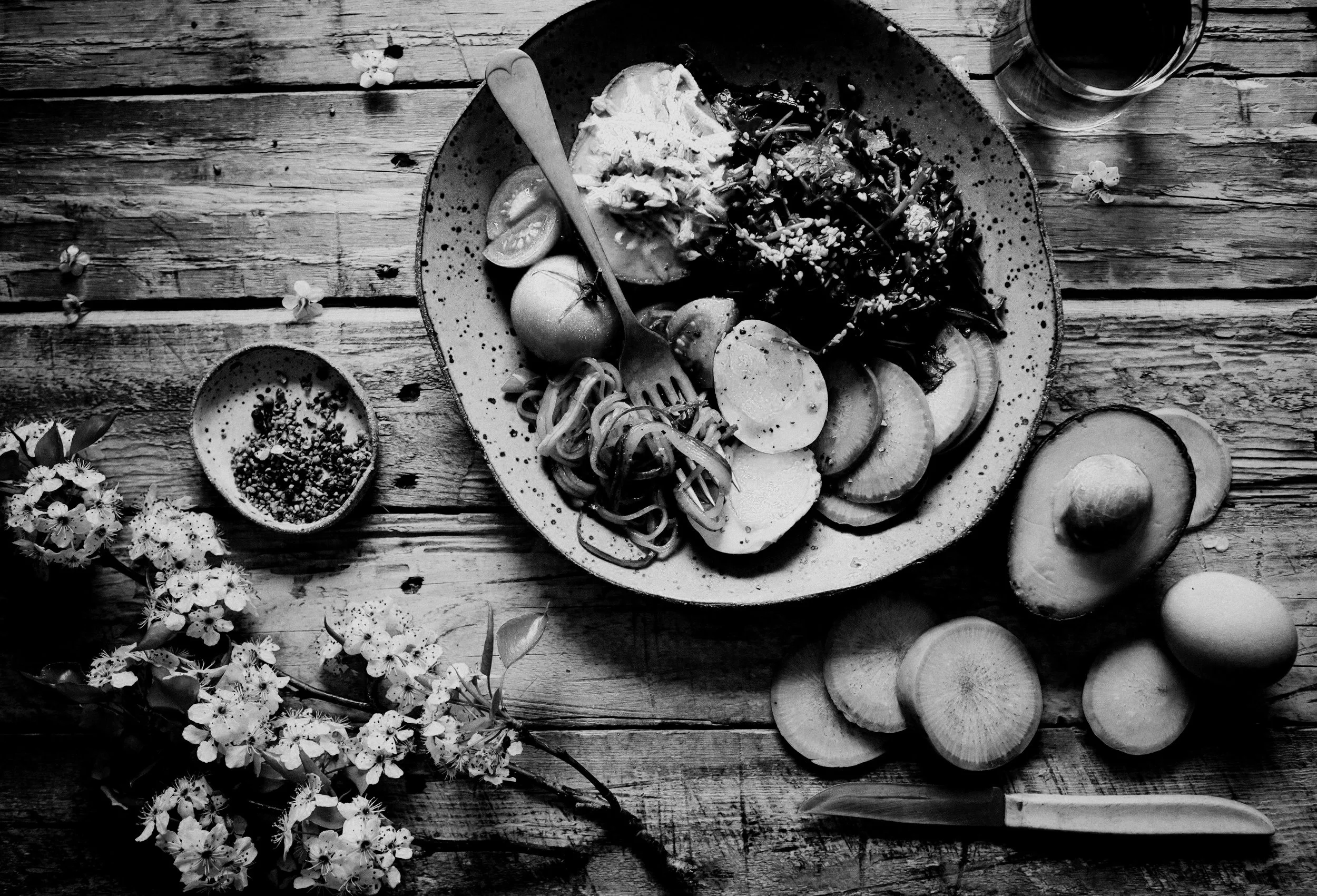Cooking on a Budget: Healthy Meals for Students
Tired of instant noodles and takeout draining your wallet? Uni life doesn’t mean sacrificing tasty, healthy meals. Students have a tendency to lean on pricey fast food when budgets get tight, but you can whip up nutritious dishes without breaking the bank. These five clever tips will help you shop smart, cook easy, and even recreate home flavors affordably. Grab your apron and turn your kitchen into a budget-friendly foodie haven!
Hunt for Bargains at Aldi and Markets
Shop at Aldi or local markets like Sydney’s Paddy’s or Melbourne’s Queen Victoria for cheap veggies, grains, and spices. Check weekly specials on Aldi’s app. Buy in bulk for staples like rice. Experts recommend budget stores for cutting costs, saving you up to 30% on groceries while keeping meals healthy.
Master One-Pot Meals
Cook simple one-pot dishes like veggie pasta or lentil curry - toss ingredients in, simmer, done! Use affordable staples: pasta ($1/kg), lentils ($2/kg). Add seasonal veggies for flavor. Studies suggest one-pot recipes save time and money, perfect for busy uni schedules and small kitchens.
Meal-Prep Like a Pro
Spend Sunday prepping meals for the week - chop veggies, cook grains, portion into containers. Try a big batch of stir-fry or soup for $10–15 total. This cuts daily cooking stress. Research shows meal-prepping boosts healthy eating, keeping you fueled without last-minute splurges.
Recreate Home Flavors on a Budget
Craving home tastes? Find affordable spices at markets or Asian grocers to make dishes like curry or stir-fry. Use local veggies to mimic traditional recipes - swap bok choy for daikon. Nutrition guides like Eat for Health suggest balancing flavors and nutrients, making home-style meals cheap and healthy.
Freeze and Repurpose Leftovers
Cook extra portions and freeze in reusable containers for quick meals. Turn leftover rice into fried rice or veggies into soup. Apps like CHOICE offer tips on reducing food waste. Experts say repurposing leftovers cuts costs and keeps your diet varied.
No more noodle rut! With bargain shopping, one-pot meals, meal-prep, home flavors, and clever leftovers, you’ll eat well and save cash. For nutrition tips, check Eat for Health. Start cooking smart and make every meal a budget win!
References
Australian Government (2023) Eat for Health: Australian Dietary Guidelines. Canberra: National Health and Medical Research Council. Available at: https://www.eatforhealth.gov.au (Accessed: 18 July 2025).
CHOICE (2023) Budget shopping and food waste reduction tips. Sydney: Australian Consumers’ Association. Available at: https://www.choice.com.au (Accessed: 18 July 2025).
Lang, T. and Caraher, M. (2001) ‘Is there a culinary skills transition?’, Journal of Social Policy, 30(4), pp. 683–704. doi: 10.1017/S0047279401006427.
Monsivais, P., Aggarwal, A. and Drewnowski, A. (2014) ‘Time spent on home food preparation and indicators of healthy eating’, American Journal of Preventive Medicine, 47(6), pp. 796–802. doi: 10.1016/j.amepre.2014.07.033.
Disclaimer
This blog contains links to external websites and platforms for informational purposes only. We are not affiliated with, endorsed by, or compensated by any of the organisations, platforms, or services mentioned. All references are provided to support students and readers in accessing useful resources.


